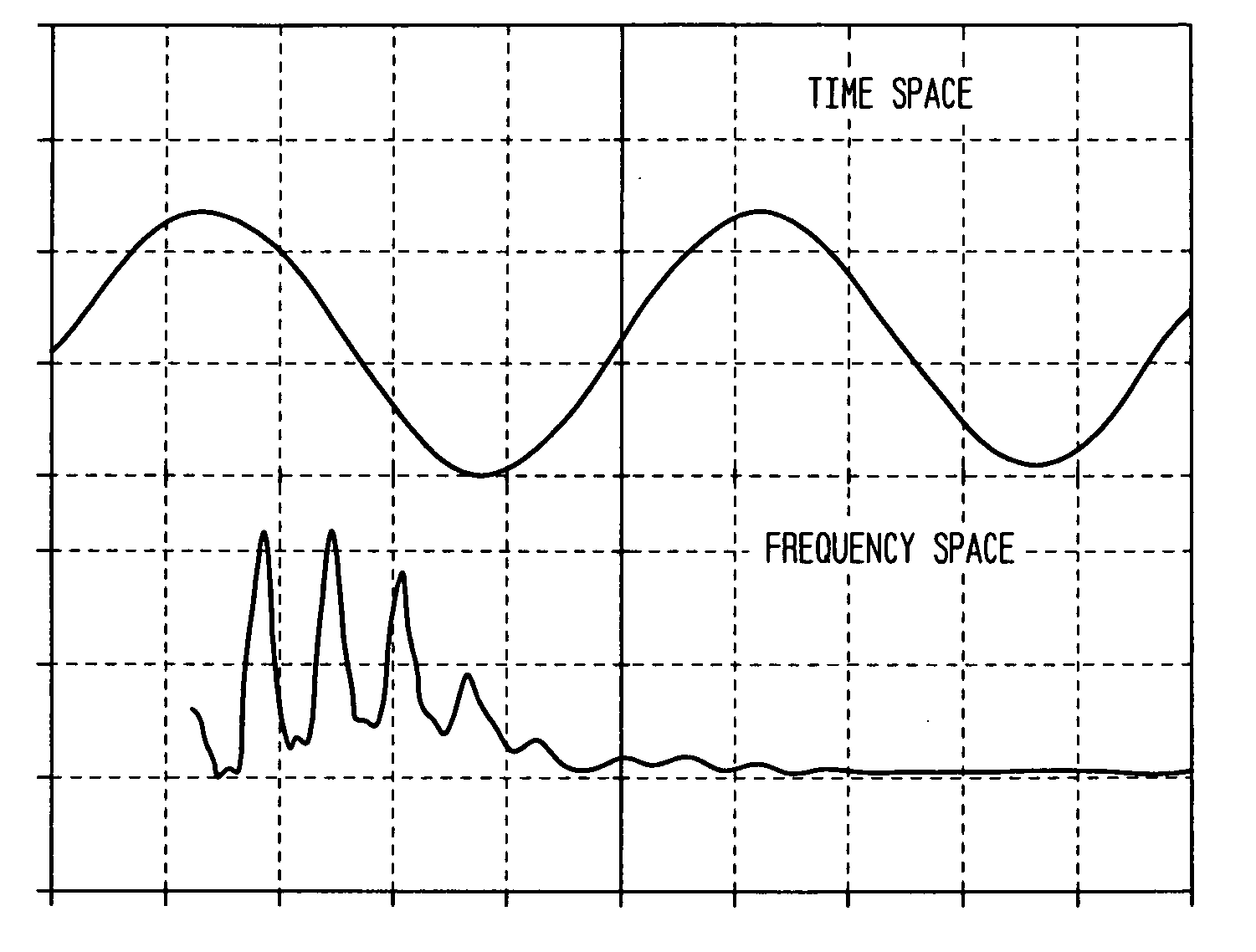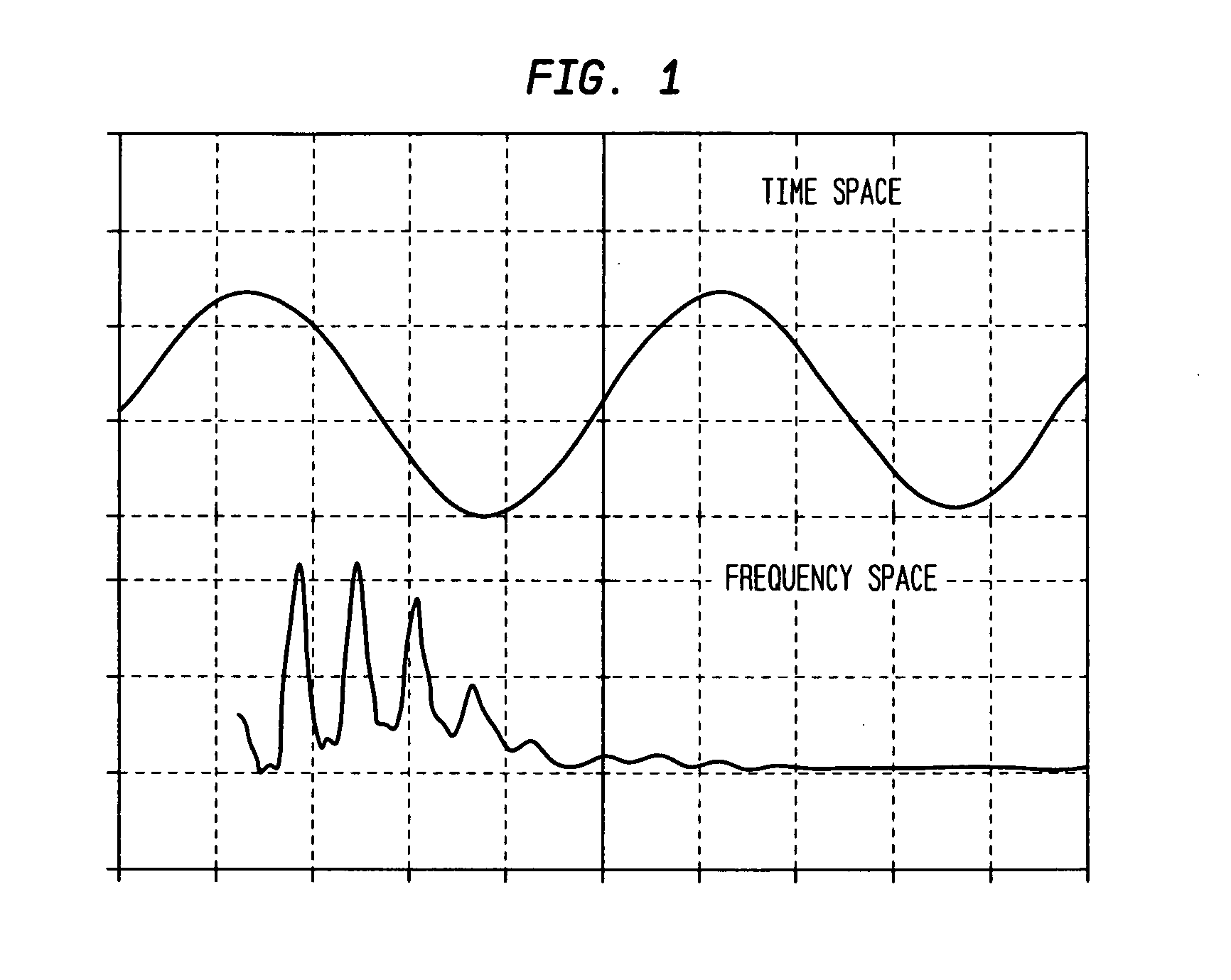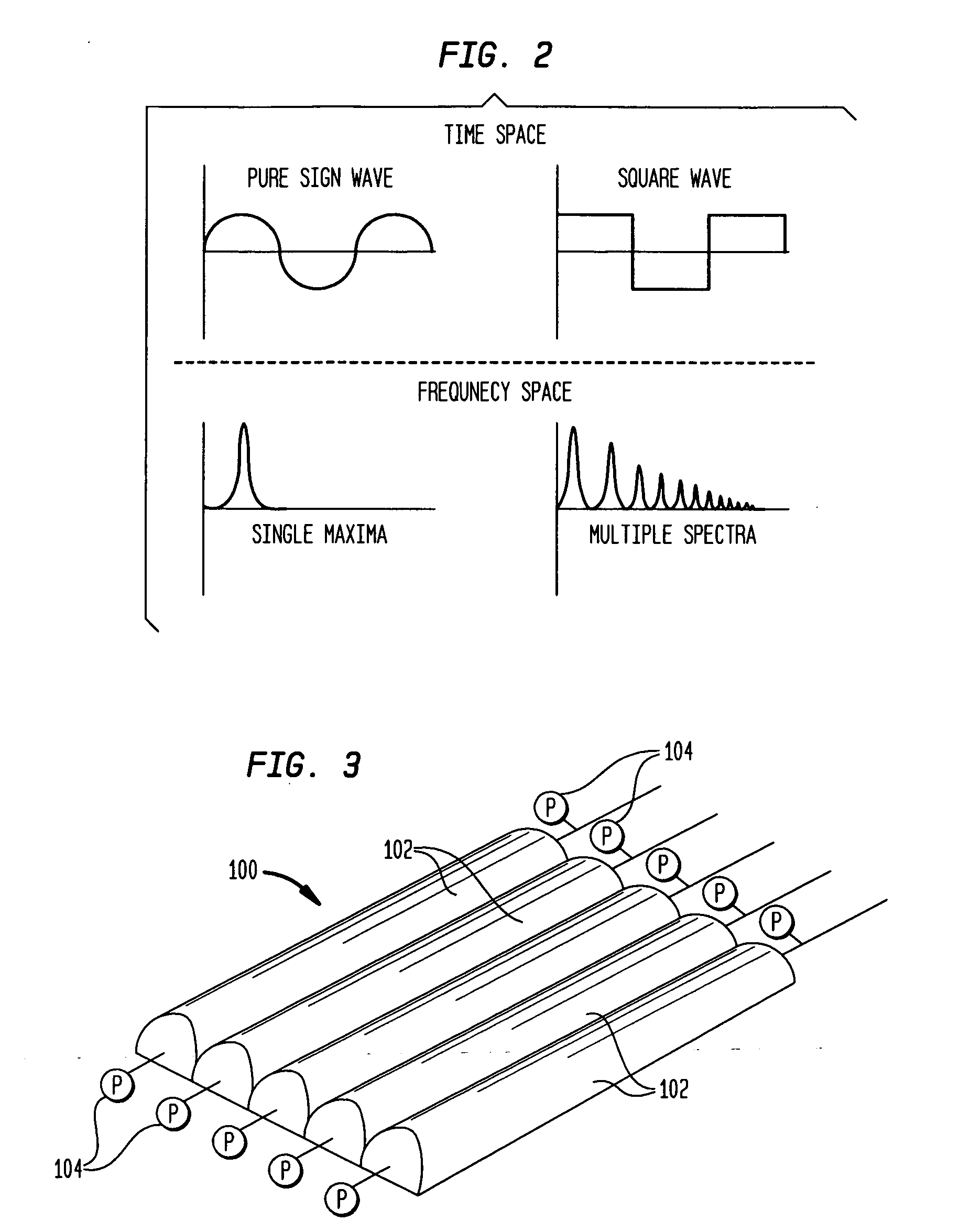Adjustable pneumatic supporting surface
a support surface and pneumatic technology, applied in the field of adjustable support surfaces, can solve the problems of inability to collect information, inability to implement uniform treatment measurement scales, and inability to meet modern requirements, and achieve the effects of optimizing treatment for each section, high sensor density, and high quality information
- Summary
- Abstract
- Description
- Claims
- Application Information
AI Technical Summary
Benefits of technology
Problems solved by technology
Method used
Image
Examples
example 1
Rate Based Measurement Utilizing Differential Pressure Sensors
[0085]Referring to FIG. 5, the floatation bladder 102, over which the measurement bladder 106 has been placed, is arranged such that the measurement bladder is in between the floatation bladder and the patient. On either end of the measurement bladder 106, pressure sensors 104, identical to that disclosed in Example 4, are attached. The analog output of these sensors is connected to, for example, a Tektronix Model 3034 Digital recording oscilloscope 108.
[0086]The floatation bladder 102 is inflated in a conventional way and tissue phantoms which represent different tissue types (which are further described in Example 5) are place on the floatation bladder in differing locations. The differentiation of different types of tissue is shown in FIGS. 6 and 7. In FIG. 6 there is shown data from an adipose tissue phantom placed in the center of the measurement bladder. In FIG. 7 there is shown data from a skin over sacrum tissue p...
example 2
Rate Based Measurement Utilizing an Accelerometer
[0090]Alternatively to using a pressure sensor at each measurement end of the floatation or measurement bladder, another embodiment of the invention is to utilize a micro-accelerometer sensor 110, for example such as one manufactured by Analog Devices (ADX L 204). As shown in FIG. 11, the accelerometer 110 is placed at one end of the floatation bladder 102, internally or externally on the bladder, and utilizes the Earth's uniform gravitational field as the reference. Other, accelerometers can also be used such as those described in U.S. Pat. Nos. 4,592,235, 3,789,674 and 4,567,771 which utilize spring mass sensors, the disclosures of which are incorporated herein by reference. In addition, other types of accelerometers such piezoelectric are also suitable for this application. The signals from the accelerometer are sent to an Oscilloscope 108 which may be connected to an area network.
[0091]As further shown in FIG. 12, the floatation b...
example 3
[0093]Using Fast Fourier Transform (FFT) analysis, kinetic energy is supplied by a small inflation bladder 112 in continuous inflation / deflation oscillation and an accelerometer 110 used to measure the absorption of this energy by the tissue placed over the accelerometer, see FIG. 14.
[0094]Through the use of frequency-space analysis it is possible to characterize the type of tissue which is being elevated by the surface of the inflation bladder. Although the data taken is the repetitive motion of the inflation bladder, it should be understood that FFT analysis is intended to predict the probability of frequencies in a continuous function such as a square wave oscillator. For burst functions, such as that provided by the accelerometer sensors in Examples 5-7, the software inside the oscilloscope stores the burst of data into memory and then “plays” it through the FFT algorithm many times until a spectra is derived. It should also be understood that other transforms besides FFT may be...
PUM
 Login to View More
Login to View More Abstract
Description
Claims
Application Information
 Login to View More
Login to View More - R&D
- Intellectual Property
- Life Sciences
- Materials
- Tech Scout
- Unparalleled Data Quality
- Higher Quality Content
- 60% Fewer Hallucinations
Browse by: Latest US Patents, China's latest patents, Technical Efficacy Thesaurus, Application Domain, Technology Topic, Popular Technical Reports.
© 2025 PatSnap. All rights reserved.Legal|Privacy policy|Modern Slavery Act Transparency Statement|Sitemap|About US| Contact US: help@patsnap.com



